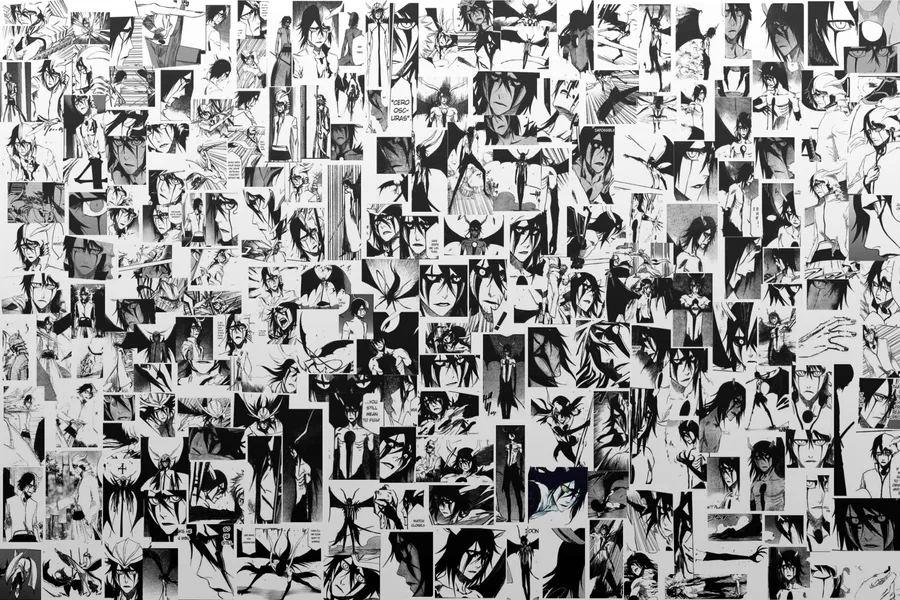
Manga: A Global Phenomenon Rooted in Japanese Culture and Art.
Manga, the Japanese term for comics or graphic novels, has evolved into a worldwide sensation, captivating readers of all ages. Deeply intertwined with Japan’s rich cultural heritage and artistic traditions, manga is a unique form of storytelling. It masterfully combines stunning visual art with compelling narratives, covering a broad range of genres, including action, adventure, romance, fantasy, horror, and slice-of-life stories.
The history of manga can be traced back to the 12th century, when early forms of visual storytelling first appeared in Japanese art. However, modern manga as we know it today began to take shape after World War II, thanks to the influence of Osamu Tezuka, often called the “God of Manga.” Tezuka’s revolutionary work, Astro Boy (Tetsuwan Atom), laid the foundation for manga’s distinctive visual style and cinematic pacing, setting the standard for future works.
A key characteristic of manga is its versatility. It is often serialized in weekly or monthly publications and is divided into various categories to cater to different audiences. Some of the most popular genres include Shonen (for boys), Shojo (for girls), Seinen (for adult men), and Josei (for adult women), making manga accessible and enjoyable for readers of all demographics and preferences.
What truly sets manga apart from Western comics is its depth of storytelling. Manga typically offers intricate character development and elaborate storylines that unfold over multiple volumes. This immersive approach allows readers to deeply engage with the characters’ emotions and the complex worlds they inhabit.
The global appeal of manga has skyrocketed in recent years, with series like Naruto, Attack on Titan, and One Piece becoming cultural phenomena. As manga continues to grow, it remains a powerful and influential force, shaping popular culture worldwide.
More About Manga…
Manga’s influence doesn’t stop at the printed page. The rise of anime—animated adaptations of manga—has expanded these stories to even larger audiences. Hit manga series like Naruto, Dragon Ball Z, and My Hero Academia have enjoyed massive success as anime, creating a synergistic relationship between the two mediums. This cross-media popularity has fueled the global manga boom, with fans consuming content across formats, from print to digital streaming.
One of manga’s strongest appeals is its ability to tackle real-world themes and social issues. Unlike many Western comics, which often focus on superheroes and fantasy, manga frequently addresses topics like personal relationships, identity, politics, and morality. For example, Akira explores dystopian futures and the struggle for power, while Death Note delves into ethical dilemmas surrounding justice and control. This thematic diversity broadens manga’s reach and resonates with audiences worldwide.
More About Manga
Another unique aspect of manga’s art style is its recognizable visual design. Manga features detailed linework, dynamic panel layouts, and expressive characters, often drawn with large, emotive eyes. This style enhances emotional storytelling and adds depth to character interactions. While Western comics are typically colored, many manga are printed in black and white, allowing artists to focus on shading and textures to create dramatic atmospheres.
Manga’s global influence has sparked the creation of manga-inspired works in other countries. For instance, Webtoons, digital comics from South Korea, have gained international popularity, borrowing heavily from manga’s narrative structure and artistic techniques. Similarly, Western graphic novels are beginning to integrate manga elements, further demonstrating its worldwide impact on storytelling.
As digital platforms continue to expand, manga is becoming even more accessible. Fans around the world can now enjoy manga online or via mobile apps, opening up new avenues for creators and fostering a growing global fanbase. As manga evolves, it remains a dominant force in global culture, shaping the future of art, storytelling, and popular media.
Join Telegram For Any Issue ~ Telegram
